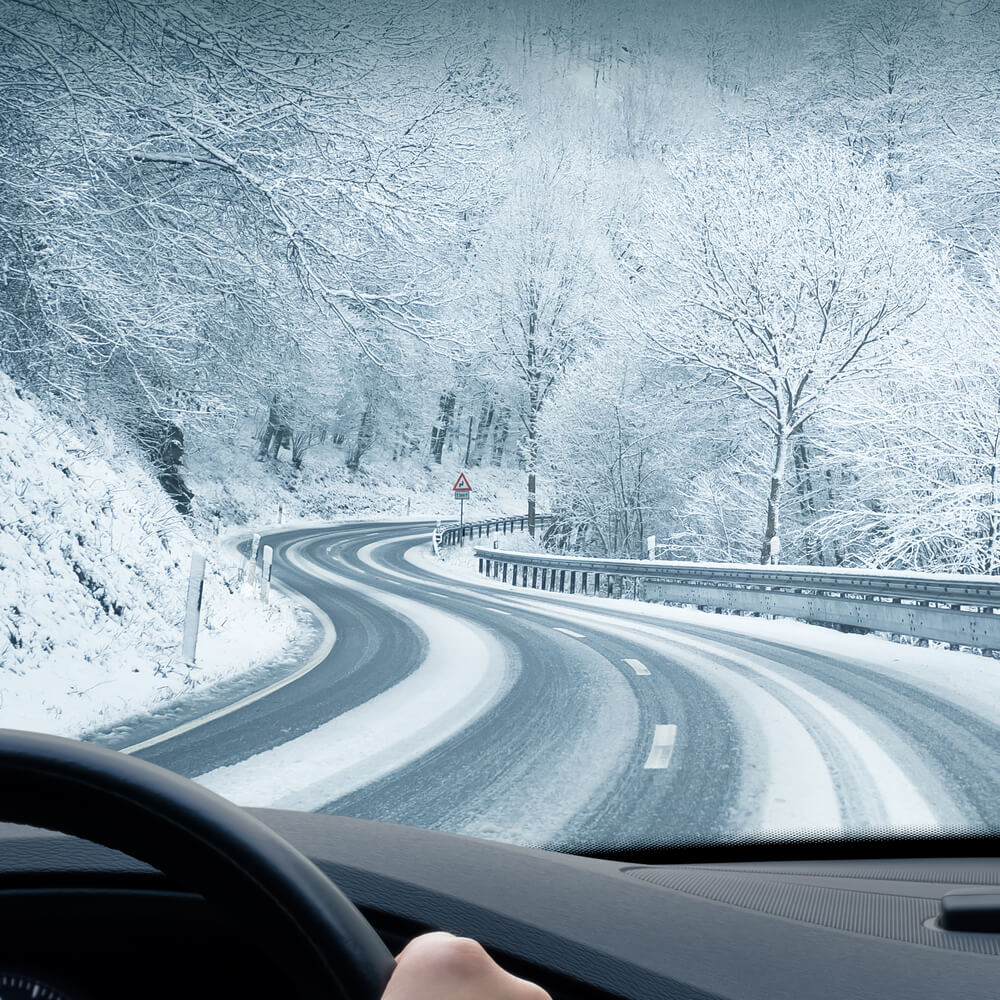Winter tires, chains, snow socks... What tires and equipment should you choose for driving in the mountains this winter?
Driving on winding and often snowy or icy mountain roads is an arduous task that causes worry for many motorists. To limit the risk of accidents when weather conditions deteriorate at altitude, you should equip your car accordingly. In addition, the Mountain II law entry into force on November 1, 2021 makes the use of anti-slip devices in certain areas of mountain ranges. But between winter tires, snow chains and snow socks, what should you choose for riding in the mountains?
EQUIPMENT AUTHORIZED BY THE MOUNTAIN LAW
The Mountain II law, or law for the modernization, development and protection of mountain territories, aims to reduce traffic jams and the risk of accidents on mountain roads. It makes the use of special equipment compulsory in 48 departments and throughout the duration of the winter period , from November 1 to March 31. The special equipment authorized in the areas concerned by the Mountain law is as follows:
-
- Winter tires (snow tires) or 4-season tires identified by the 3PMSF marking (Alpine symbol) on the 4 wheels of the vehicle
- snow chains or snow socks , at least on the two drive wheels
Tires which bear the M+S (Mud and Snow) marking but not the 3PMSF marking are tolerated until November 1, 2024.
WINTER TIRE, SNOW CHAINS, SNOW SOCKS…: WHAT’S THE DIFFERENCE?
WINTER TIRES
Winter tires are designed to maximize the vehicle's grip and reduce its braking distance on slippery roads. They have deep grooves that help evacuate water, a particular profile and a special rubber that maintains its elasticity despite low temperatures.
However, winter tires have a certain price, and they represent a somewhat bitter expense when they are only intended to be used occasionally. In addition, it is generally necessary to go to a mechanic to have them assembled and dismantled every year, once money and time constraints which may put off some motorists.
SNOW CHAINS
Snow chains are an assembly of steel links that are placed around the tire to give it better grip on snow and ice . They offer good handling and are generally quite durable. They nevertheless have several disadvantages:
-
- they are expensive , it takes around €300 to equip a vehicle
- they do not allow driving on dry asphalt , which means that they must be dismantled and reassembled on each portion of the road without snow
- certain models of snow chains can damage the rims of the vehicle
- It is not recommended to exceed 30 km/h when driving with snow chains
- your car may be “non-chainable” , in other words that the space between the wheels and the bodywork is too small to fit chains
CLASSIC SNOW SOCKS
Snow socks are non-slip covers that slip over tires to gain grip on roads battered by winter. They are economical, easy to assemble and relatively comfortable to drive. However, they are also very fragile . They cannot be driven on dry asphalt , they are very subject to wear and can be damaged by excessive braking and acceleration. Their anti-slip potential is also limited. Their use is not recommended on very snowy roads and steep slopes, two scenarios which are frequently found in the mountains.
As you will have understood, each of the equipment commonly offered on the market for mountain riding has advantages and disadvantages. So should we decide to adopt equipment that is too expensive, too restrictive or insufficiently reliable? Certainly not. Safety and comfort on mountain roads is a priority for motorists. Their health, their peace of mind and the integrity of other drivers are at stake. Fortunately, there is an anti-slip feature that checks all the boxes.
THE ANTI-SLIP TIRE: DRIVING IN THE MOUNTAIN WITHOUT COMPROMISE
To respond to this problem, Musher has focused on innovation by designing a premium anti-slip over-tire . This device is approved for the Mountain law and the B26 panel and resolves all the constraints specific to traditional equipment:
-
- it offers optimal performance on snow and ice
- it resists dry bitumen for 150 km
- it allows you to drive up to 50 km/h
- it can be assembled and disassembled in just 5 minutes
- it adapts to all types of tires
No longer need to sacrifice an aspect of your driving quality to be protected and compliant . In no time at all, your car is perfectly equipped to travel through mountain passes safely and without any hassle .
